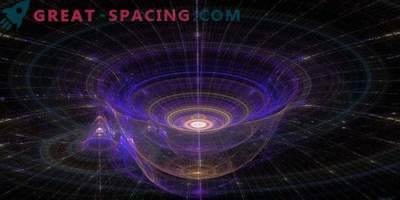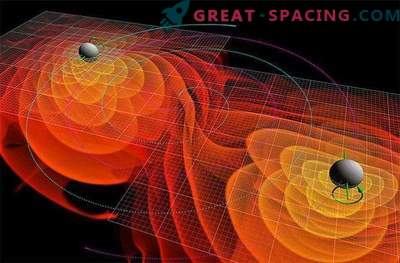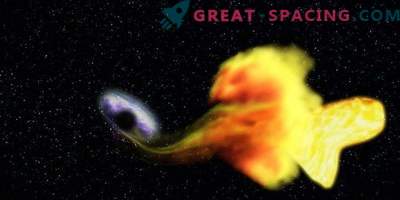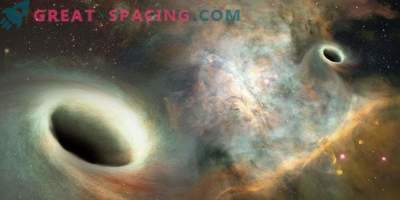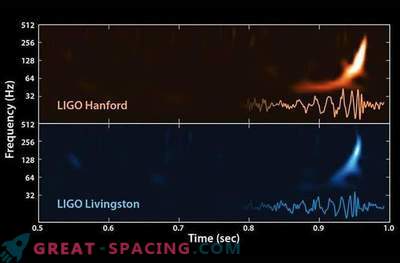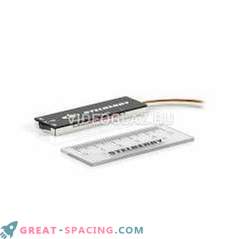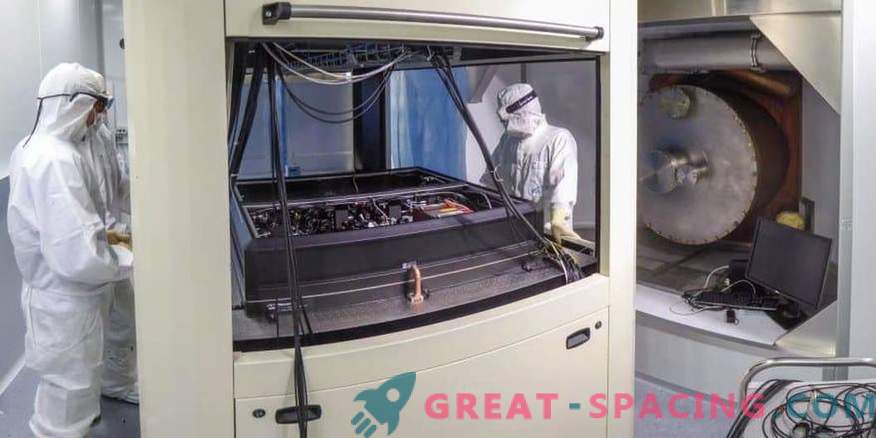
Virgo employees Harald Luke, Moritz Mehmet and Henning Valbruch installed a source of compressed light, created in Hanover, in a sterile room of a Virgo gravitational wave detector.
Researchers from the Institute of Gravitational Physics. Max Planck (Hannover) created an improved source of compressed light for the Virgo gravity wave detector. Starting in the fall of 2018, Virgo will use the update to listen to Einstein's gravitational waves, along with a worldwide network of high-sensitivity detectors.
German-British gravitational wave detector GEO600 has been using a source of compressed light since 2010. With its help, it was possible to increase the "visibility" of the Universe 4 times. Now in the USA they are engaged in the development of improvement tools LIGO and Virgo, which are preparing for a joint project O3. O3 is expected to launch full-scale tracking of a gravitational wave, using a huge number of detectors and concentrating on the confluence of binary black holes and neutron stars. That is why Virgo needed an update, the creation of which was allocated 400,000 euros.
The sensitivity of all interferometric detectors is limited by quantum mechanical effects. They create background noise that intersects with a gravitational wave signal. This noise is present even in the dark and you cannot get rid of it completely. However, there is an option to change its properties. The process is called compression.
The new device creates the effect of darkness, thereby improving the visibility of gravitational waves. In the future, sensitivity can be increased by using similar sources of compressed light. Technology, like Einstein's telescope, will be repelled by this method.
